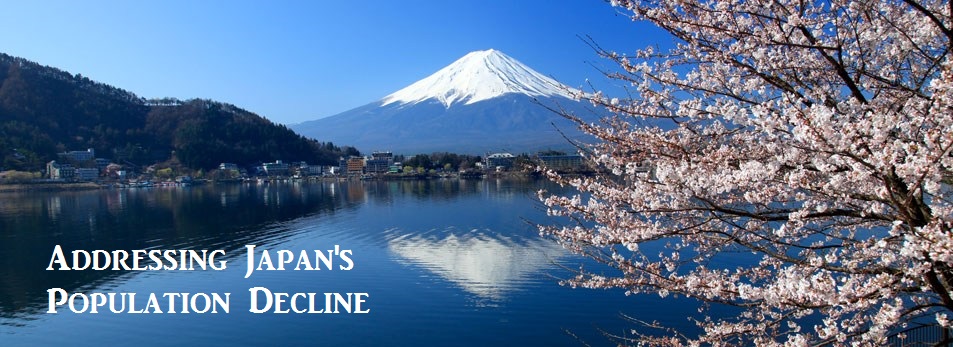Carrying Capacity’s New Guise – Lisa Cligett
Folk Models for Public Debate and Longitudinal Study of Environmental Change
In Lisa Cliggett’s publication, she re-addresses the term “carrying capacity” due to its outdatedness. She uses Zambia’s Gwembe Valley as an example of human-environment relationships over time. Cliggett then lists a number of issues that accompany carrying capacity in regions that are under much different circumstances. A few of these problems include assumption of equilibrium, difficulty in measuring food resources, assumption of homogeneity, and assumption of an isolated group/region. I found that these assumptions correlated with the population and resources of Japan. As previously stated, the amount of arable land in Japan is a small fraction, and most of the population resides in dense urban cities. This problem is discussed by Cliggett as an “assumption of homogeneity across the landscape”. Although Japan is made up of many islands with plenty of water access, the terrain of the inner landscape is rough, mountainous, and inhabitable. Due to this geography, Japan must rely on many imported resources, which is another assumption proved incorrect. Carrying capacity isolates a country without considering outside resources, which is the main component of economy worldwide. Additionally, Cliggett adds that the term carrying capacity eliminates any chance of an increase. Without including rising technologies that will extend resources and improve quality of life for more people, the term is falling into oblivion. Cliggett concludes by emphasizing that, despite the term being outdated and full of errors, there are questions to be asked in order to achieve clarity on population issues. Certain questions for Japan might include, “How will the decrease in population affect the environment?” “How might we adjust food and energy wisely to compensate for the change?” I believe that Japan is already ahead of the curve in creating a larger carrying capacity by densely populating it’s cities. As a term that is so widely taught in schools, I agree with Cliggett in that the term is lacking important considerations. The world is evolving at a pace that no longer needs a term to limit it’s potential, in both positive and negative ways.
From Africa Today vol. 48, no.1 (2001): 2-19. Used by permission of Indiana University Press.
